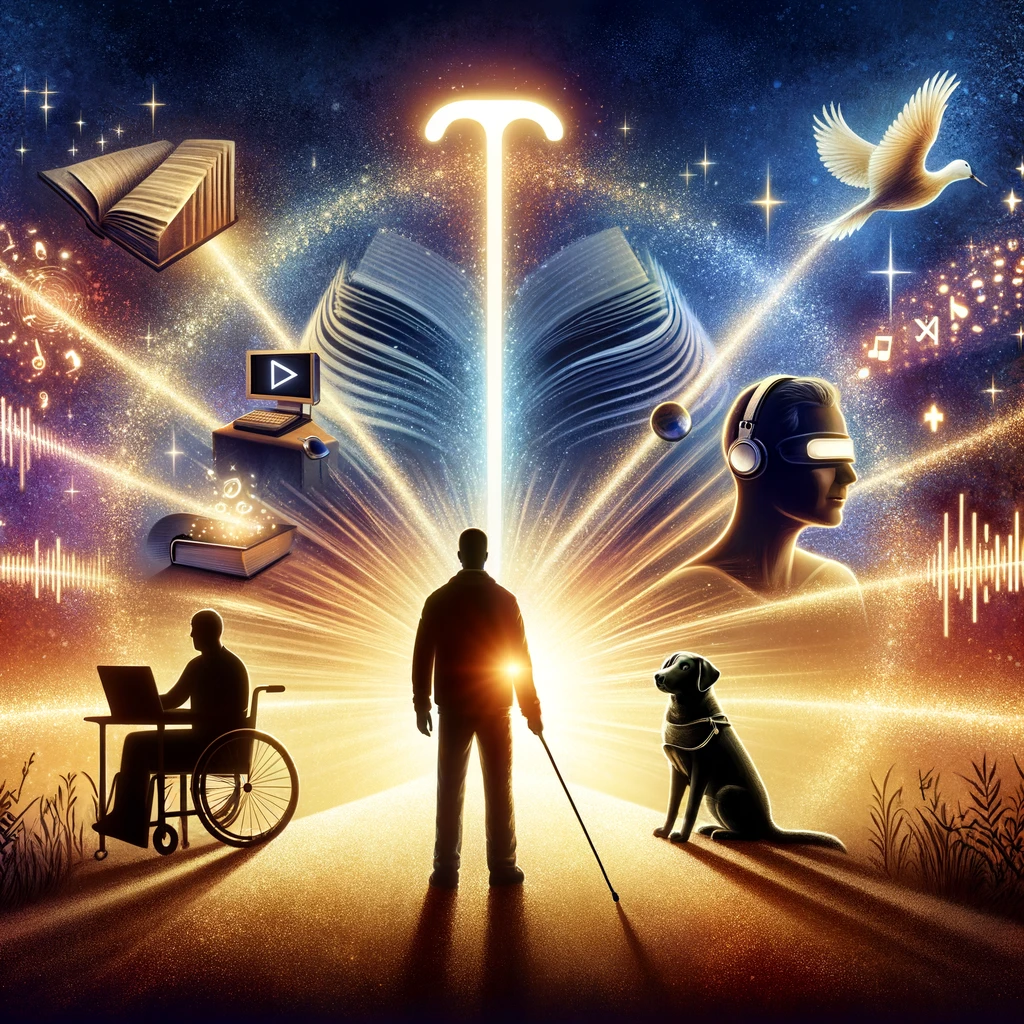The history of technological advancements for the blind is a poignant narrative of human ingenuity and resilience. It’s a story that resonates deeply with the essence of holistic well-being, reflecting society’s evolving understanding and compassion. This essay explores key milestones in this journey, highlighting how each development has contributed not only to the practical aspects of living with blindness but also to psychological empowerment and social integration. The tale begins with the white cane, a symbol of independence and self-reliance. Introduced in its modern form in the early 20th century, the white cane provided a simple yet effective means for blind individuals to navigate their environment. Its tactile feedback offers more than just physical guidance; it’s a tool of exploration and autonomy, crucial for psychological well-being. The cane’s gentle tap echoes a message of resilience, echoing the steps of those who refuse to be confined by their lack of sight. Next in this lineage of innovation is Braille, developed by Louis Braille in the 19th century. Braille transcended the barriers to written communication, a breakthrough akin to the liberation of a caged bird. This tactile writing system enabled blind individuals to read and write, paving the way for education and intellectual freedom. In the realm of psychology and philosophy, Braille is not merely a language system; it’s a testament to the human spirit’s capability to adapt and transcend limitations. The introduction of guide dogs marked another significant advancement. More than just navigational aids, these loyal companions provide emotional support, enhancing the mental health and holistic well-being of their owners. The bond between a guide dog and its owner is a dance of trust and mutual respect, a living example of interdependence and unconditional love. The era of talking books brought a revolution in accessibility to literature and information. From vinyl records to digital formats, this technology has democratized knowledge, allowing blind individuals to participate more fully in cultural and intellectual life. Talking books are not just about hearing words; they’re about feeling the world through sound, providing a rich tapestry of learning and entertainment. Finally, the advent of Turing universal computers and the subsequent development of accessible technologies like screen readers and voice recognition software represent a quantum leap. These technologies have broken down barriers, enabling blind individuals to access information, communicate, and express themselves in the digital realm this technology is a bridge connecting the blind community to the vast world, creating an inclusive environment where knowledge knows no bounds. In conclusion, the history of technology assisting blind people is a narrative of empowerment and human ingenuity. Each development, from the white cane to advanced computing, has played a crucial role in enhancing the quality of life, psychological well-being, and social integration of blind individuals. This journey is a testament to the enduring spirit of humanity to innovate and adapt, lighting a path of hope and possibility in the darkness of blindness..
